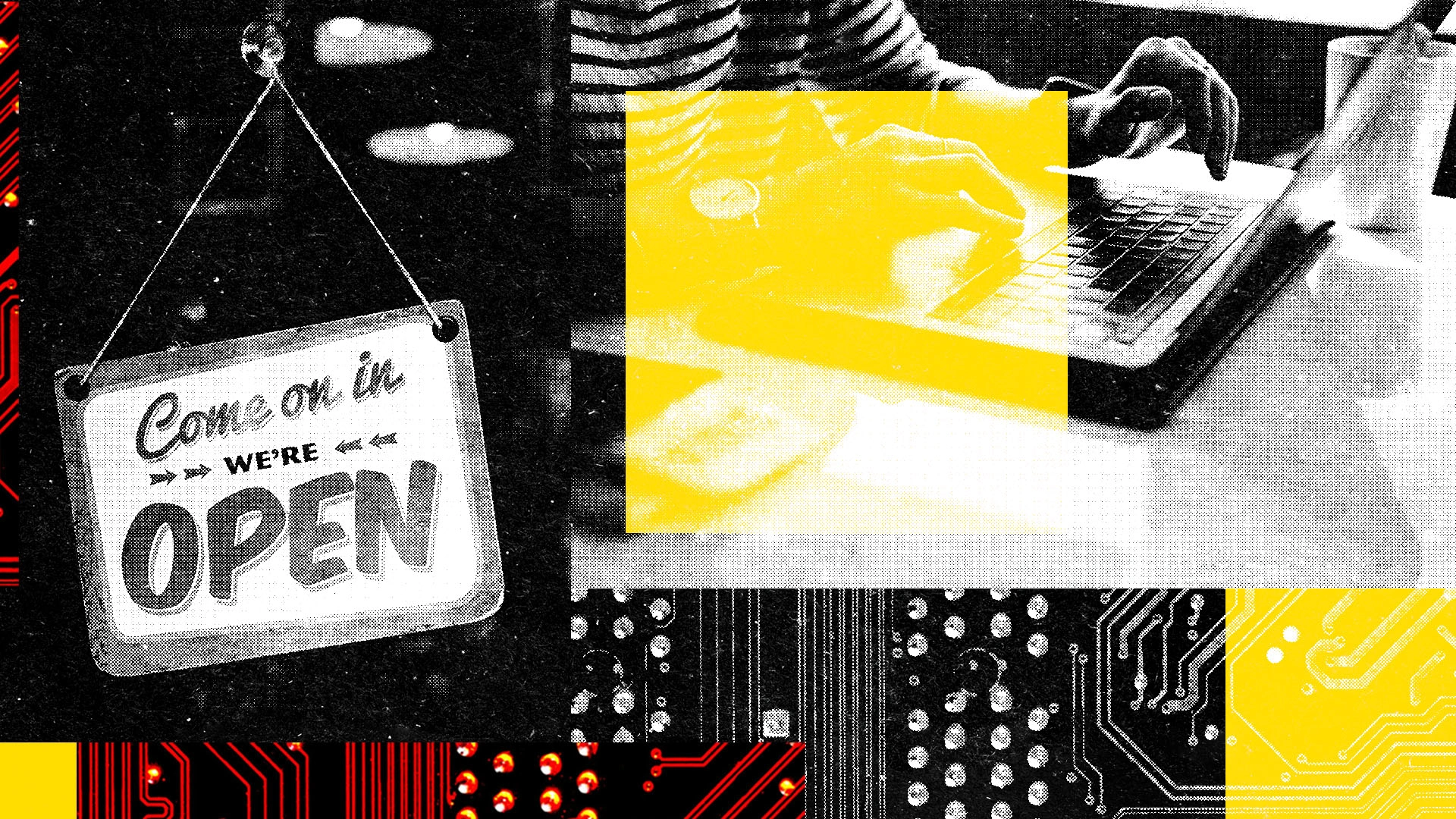Copyright Inc. Magazine

Mom-and-pop businesses are often the lifeblood of their communities, but they’re not typically associated with the latest cutting-edge technology. That might be changing. A new wave of tech companies is helping small brick-and-mortar businesses stay up to date, on everything from pricing to inventory control. Using tools such as augmented reality and AI, these companies are helping the small establishments in our communities not only stay afloat, but thrive. Restaurants have always been known for razor-thin margins, but they now face added pressures from inflation, tariffs, and continued lower customer traffic. Fortunately, companies such as MarginEdge are there for support. The Arlington, Virginia-based software firm helps restaurants with invoicing and bill payment, forecasting sales, labor needs, and more. Since the start of 2020, restaurant costs have risen by 30 percent, according to a May report by the National Restaurant Association, which noted restaurants typically have a mere 5 percent pre-tax margin. Sometimes a single ingredient makes the difference between being in the red or in the black. Using MarginEdge’s software, restaurant operators can input recipes for instant estimates of costs and profits based on ingredients, regions, and vendors. They can also receive restaurant-specific suggestions for adjusting products, prices, and proportions. Featured Video An Inc.com Featured Presentation “If you notice avocado prices have dropped, maybe you run a guacamole special,” says MarginEdge chief revenue officer Tara Clever. “Or if you see avocado prices have jumped, then maybe you take your avocado burger off the menu for the next two weeks.” With the company’s software, restaurants can also track expenses and create budgets. And AI-powered tools automate invoices and create sales forecasts. These features, Clever says, allow restaurant owners to simplify their back-end operations and “adjust to this new world.” Like restaurants, small alcohol brands and craft brewers face their own unique headwinds. There to guide the way are companies such as Drinks, a Glendale, California-based firm founded in 2013 as a direct-to-consumer business that has since become a SaaS tool designed to help businesses sell alcohol on their existing websites. One side of Drinks’ business is focused on helping online retailers including Thrive Market and Misfits Market sell alcohol online without needing their own licenses. Licensed suppliers still sell the products, but Drinks operates as a third-party facilitator and routes the orders, calculates taxes, verifies ages, and follows shipping restrictions. The other side of Drinks’ business is focused on keeping retailers and alcohol companies, from craft beer brands to liquor makers like the nonalcoholic spirit brand Ritual Zero Proof, legally compliant while selling their goods through the e-commerce platform Shopify. This allows small beer, wine, and liquor brands to compete with giants that usually get more attention from distributors, says Drinks co-founder and CEO Zac Brandenberg “This is an industry that has just discovered the wheel,” says Brandenberg. “Everyone else knows you meet the consumer where they are. You don’t sit back and insist that they do it your way. That’s how you lose. There are so many businesses that have been massively disrupted by putting their foot down” and refusing to change and sell online. Drinks also built and patented its own AI engine to help predict alcohol sales based on label design and consumer data—a potential benefit for any alcohol brand, but especially for winemakers vying to stand out among the approximately 100,000 wine labels registered in the U.S. each year. “Consumer behavior [in this industry] is, to provide a pun here, unquenchable,” says Brandenberg. “They’re constantly looking for something new.” Drinks’ software helps companies provide that for customers while transforming it from guesswork to something more like science. Another firm bringing the AI boom to Main Street is Trax, which provides in-store analysis for both CPG brands and retailers. The Boston-based company uses image recognition technology to help brands analyze their sales and track inventory blind spots. A local convenience store could upload a photo of its snack aisle, and Trax will provide an analysis of factors like product positioning, availability, and pricing that same day. “This data really helps you to find that ROI very clearly,” says Rifka Bernstein Dinesman, Trax’s VP of sales for the Americas. “When you have out-of-stock items or don’t have the right product in the store, you’re losing sales.” Flying Embers, a canned cocktail and hard kombucha brand, used Trax to measure its product availability and visibility in more than 900 stores. When it learned that between 15 and 20 percent of locations were breaking up its four-packs, the brand decided to introduce a single-can option. Trax is also using augmented reality to enable brands to check on products and in-store conditions at retailers. In the future, these capabilities will be available to consumers too. For instance, by holding up their phone, a customer could be pointed toward a specific kind of product in a crowded aisle.



